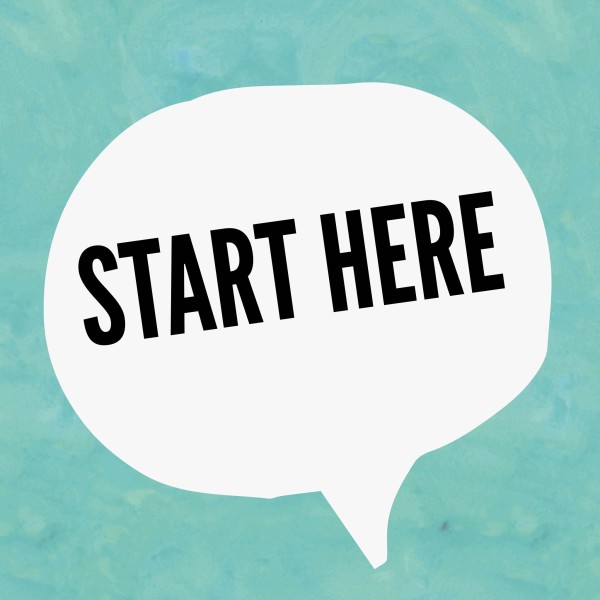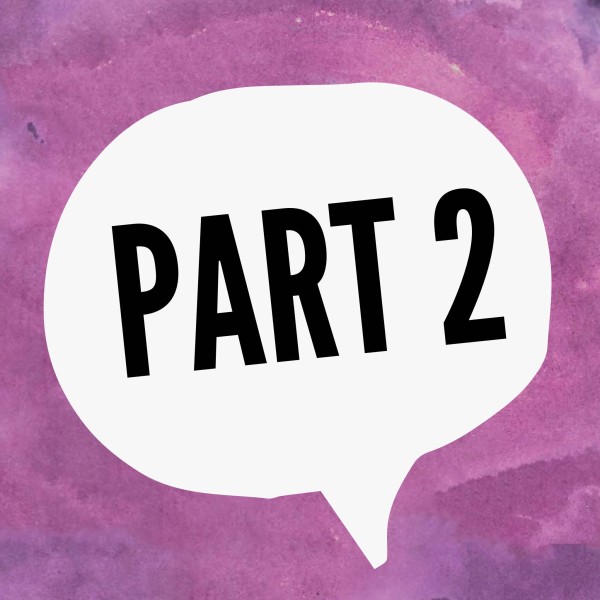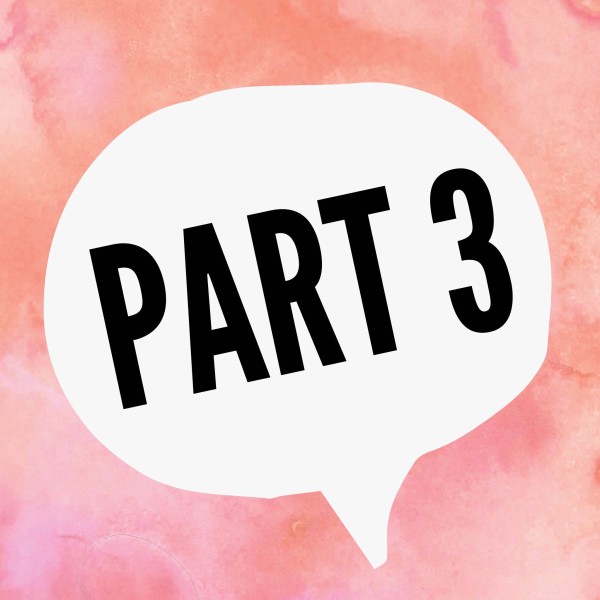Better Graphic Facilitation with Cultural Safety: Using our Hands
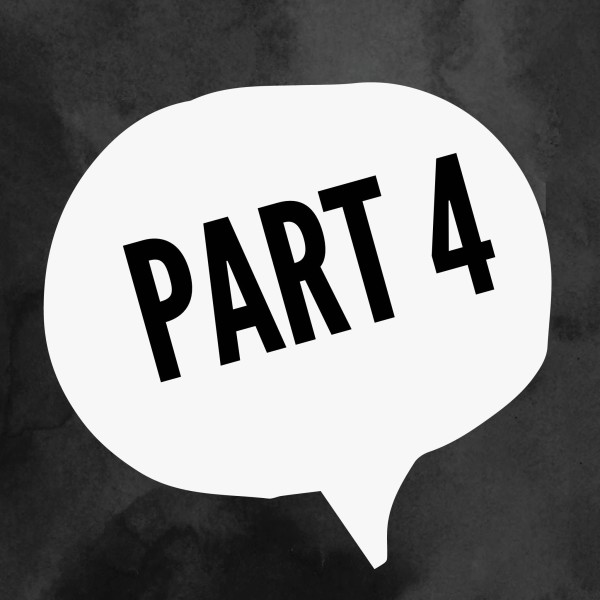 Final post in this series on how to become a better graphic facilitator through engaging with Cultural Safety and Humility.
Final post in this series on how to become a better graphic facilitator through engaging with Cultural Safety and Humility.
Cultural Safety is an emerging core competency for visual practitioners working with Indigenous organizations and community groups.
This series concludes with a summary of these suggested core competencies, and ideas for implementing at an organizational level.
THE HAND: DRAWING VISUALS TO SUPPORT CULTURAL SAFETY
 Although it will always be faster to draw simpler icons, what is gained in speed may be lost in distinction when ideas are distilled to universal concepts. Illustration can model holistic ways of knowing. Drawings can show us a strengths-based approach.
Although it will always be faster to draw simpler icons, what is gained in speed may be lost in distinction when ideas are distilled to universal concepts. Illustration can model holistic ways of knowing. Drawings can show us a strengths-based approach.
It’s important today to reflect on how our work is representative of the people with whom we’re collaborating. Because graphic recording and graphic facilitation are fast work, there is no easy answer. The important part is that as a practitioner, I am aware of the choices I make. Most practitioners use familiar ways of drawing people—often as “everyman” stick people (star people, bean people, and other shapes). This “Everyman” idea is meant to be a stand-in for a universal symbol—and in North America, we consider all other differences to be compared against Whiteness as the default.
A question I’ve come to consider is how can a stick figure (if it doesn’t have a race or ethnicity) represent, or support, cultural safety?
Although it will always be faster to draw simpler icons, what is gained in speed may be lost in distinction when ideas are distilled to universal concepts. I find myself asking in a graphic recording or facilitation session, what is more important: cultivating cultural safety or how I draw this stick figure? This may mean in some cases, I decide it is appropriate to use stick figures, because there are other drawings or text that create imagery or processes that support cultural safety. Sometimes on the same poster I will have a number of “everyman” stick figures balanced with other types of images. Overall, I challenge myself to go beyond different skin tones in what I draw, avoid reinforcing stereotypes, and utilize all resources to ensure respectful representations.

It’s important today to reflect on how our work is representative of the people with whom we’re collaborating.
Sometimes I draw culturally relevant images, and I also avoid being inappropriately reductionist. For example, while working with specific First Nations on the west coast of British Columbia about their traditional herring practices, I was able to refer to each Nation’s unique fishing traditions. But while graphic recording at a national First Nations data conference, I was careful to not choose one symbol (not a tipi, nor a medicine wheel, etc.) to represent the diversity present. Using one symbol would be applying a pan-Indigenous graphic and would potentially be received as disrespect. It’s an important moment of choice that needs to be made quickly while working. The strength or limitations of my decision is based on my own knowledge.
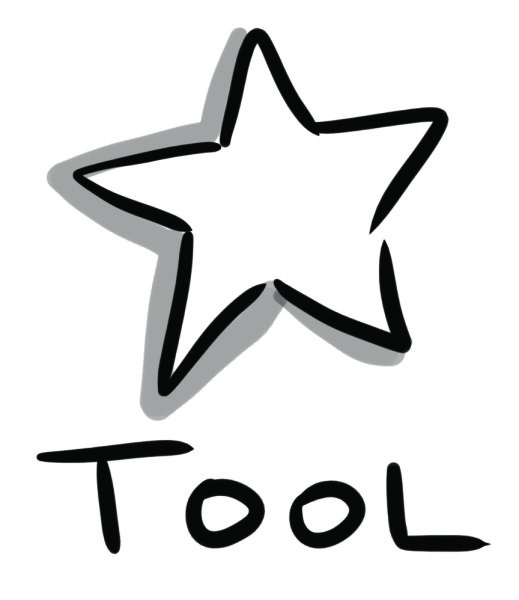 Suggested tool: Amplify Indigneous voices
Suggested tool: Amplify Indigneous voices
Overall, try and amplify Indigenous voices wherever you can – for strength and resilience. Another way to amplify voices is to encourage non-Indigenous conference organizers to include Indigenous voices on panels, organizing teams, and in outreach. As graphic facilitators, we weave between many sectors, and you might be surprised at the connections to different organizations you may have access to.
And amplifying Indigenous voices is also about sharing the markers! This year, I’m taking my practice one step further and mentoring an Indigenous artist who wants to learn graphic recording/graphic facilitation skills so we can work together on projects. As well, I’ve been invited to a series of high schools in a remote/rural area to work with Indigenous youth and share sketchnoting skills. It’s a two part project: we’ll share skills at the workshops, then interested youth can come to a community youth Summit to be part of the official conference sketchnoting team.
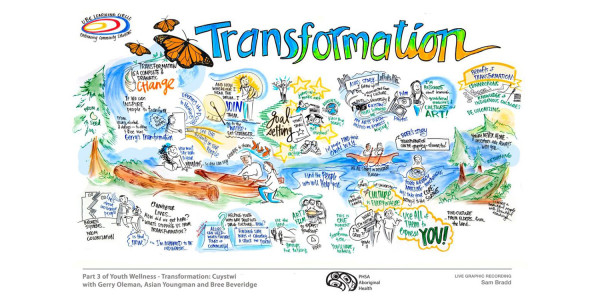
 Suggested tool: Be an anthropologist about yourself
Suggested tool: Be an anthropologist about yourself
Take personal notes during a session, similar to how teachers-in-training keep journals or how anthropologists keep field notes. This is a reflection-in-action project. It was challenging to take time out to make notes, but later on, while I reviewed them, I was amazed at details that I had already forgotten. For example, one of my blind spots is feeling I need to capture new-to-me information as fast as possible. Being confident that I can wait, and use that time differently, is one of my reflection-in-action learnings. I’ve noticed times where I drew a list, but a diagram or model would have brought more meaning.
 Suggested tool: Graphic facilitation portfolio review
Suggested tool: Graphic facilitation portfolio review
For my graduate work, I designed a research study about my own practice that is easy for other practitioners to duplicate. I selected five illustrations from my portfolio over a period of 10 years and analyzed my design and content choices about how I drew issues of race, gender, or other markers of difference (or how I avoided it). Educators will recognize this as a self-study, or action research. Next, I kept a journal to better understand my biases and my worldview. I shared this journal with a trusted reader or group to deepen the learning. Then I wrote up the research findings and adjusted my work based on my learnings.
CORE COMPETENCIES IN CULTURAL SAFETY FOR PRACTITIONERS
Graphic facilitation has the potential to enhance knowledge and build on the self-awareness necessary to advance meaningful change. As professionals, we can help the groups we work with by developing our core competencies, just as we work on other aspects of our practice. Here are suggested core competencies to support building cultural safety in our work:
- It starts with me. Each of us has to do our inner work. Arrive with humility. Research and understand my own history in the context of colonization of this country and the impact colonization has on the indigenous people and cultures here in their own land.
- My relationships with others in the room. How I introduce myself in a culturally appropriate way, and how do I behave. Who are the leader in the room? For this engagement, have I established appropriate networks in advance?
- Understanding my biases and worldview. Start from an assumption that things are not equal, institutions are not neutral, and that at the same time, people inside them may be very well-intentioned.
- Review my body of work as a critic. Pull out a selection of my images, and examine my work with a lens of cultural humility. What patterns do I notice? What choices did I make?
- Become an anthropologist-about-myself. Make field notes during a session one day. Use reflection-in-action. Take time out of the work to reflect on it and write down in as much detail as I can.
- Go beyond multiculturalism on the surface, and don’t limit myself to drawing different skin tones. How do I avoid reinforcing stereotypes in my images?
- Listen for the paradigms of colonialism, systems of class, gender, privilege.
- Support traditional Indigenous knowledge, connect stories to land and place.
CORE COMPETENCIES IN CULTURAL SAFETY: SUPPORTING ORGANIZATIONS
Graphic facilitation can help support an open type of discussion for challenging issues, bringing art and conversation together in a room. Organizations can adopt graphic facilitation as a change methodology to tackle tough issues such as cultural safety, while learning about First Nations cultures with the richness visuals can bring to group conversations.
Here are some implementation ideas:
- Cultural safety depends on people understanding histories they likely weren’t taught in schools; graphic facilitation is an engaging way to explain histories.
- Encouraging people to learn—starting with self—is key to building cultural safety because competencies are not developed overnight. Information from keynotes or presentations is synthesized into smaller, bite-sized chunks.
- Graphic facilitation creates reflection tools that create a natural conversation or solo reflection area which can prompt people to examine their cultural identities.
- After the event, the visuals can be shared by email, newsletter, intranet, and in reports to continue to engage people emotionally and intellectually.
- Graphic recordings can support organizational change: saving time by quickly summarizing meetings, identifying next steps, and mapping out change processes such as assessment tools, trainings, and human resources policies.I believe each mark we make is an opportunity to reflect in the moment and adjust the course forward, together. In writing this, my intent was to share my personal learning with others, to ask for and gather feedback, and always consider how we can challenge our own work to go deeper.
———————————————–
With gratitude to Cheryl Ward at the San’yas Indigenous Cultural Safety Training Program (British Columbia, Canada) and Joe Gallagher, Harmony Johnson and Janene Erickson at the First Nations Health Authority (BC, Canada) for support and feedback on this draft and along my learning journey.
I hope you have enjoyed reading this series! For more on the incredible work being done by graphic facilitators and visual practitioners, check out our new book, Drawn Together through Visual Practice.
